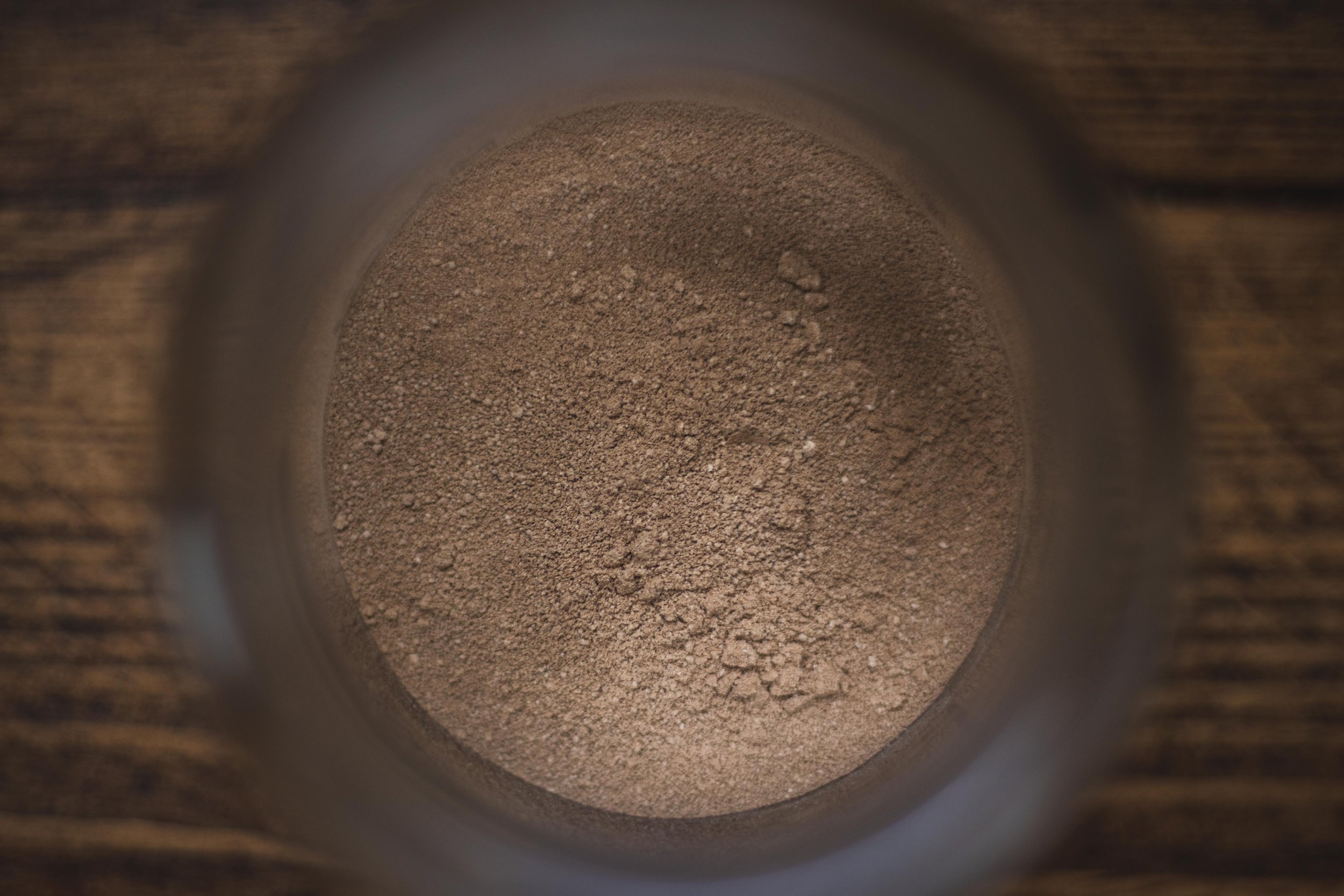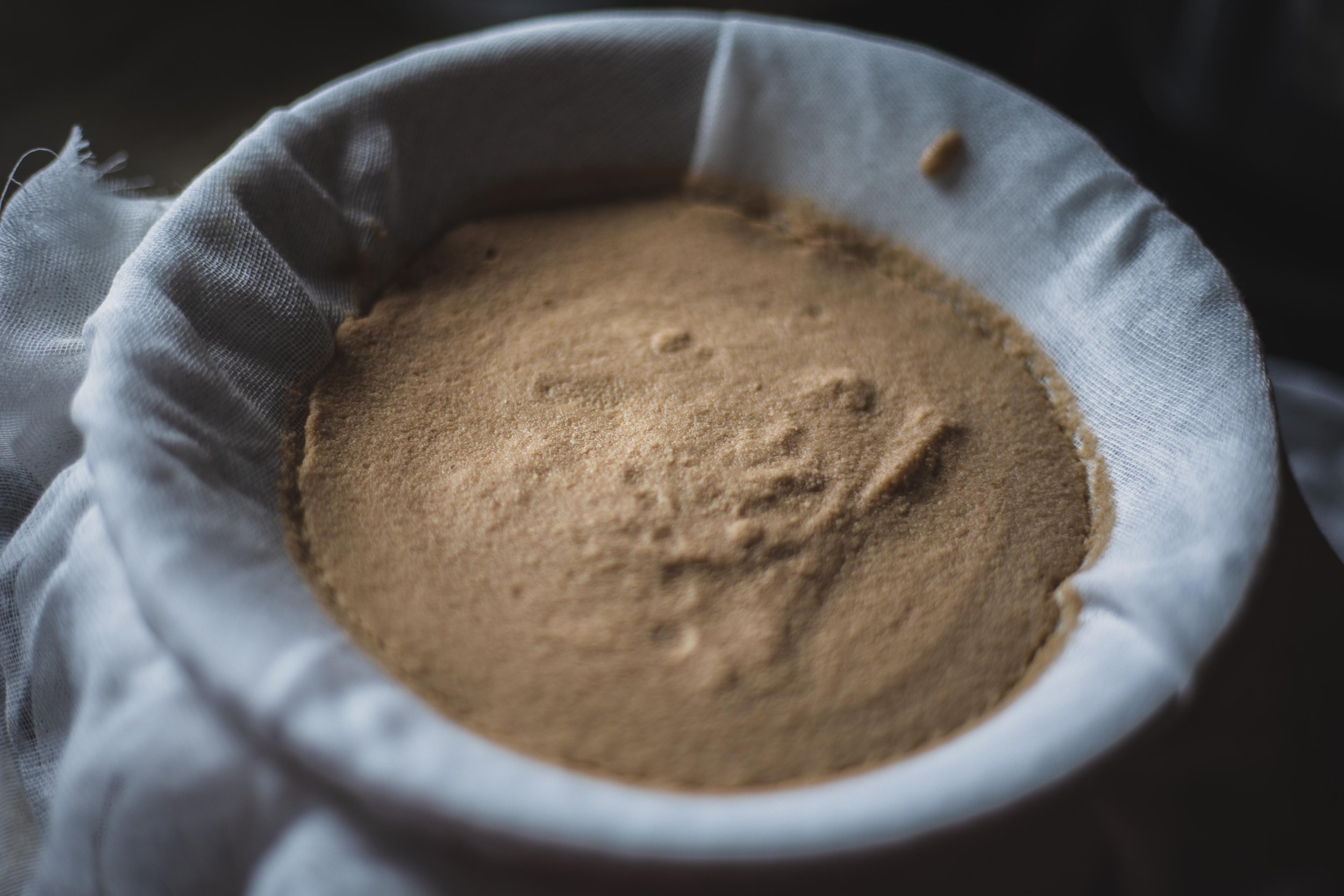Acorn Flour
Acorns were once responsible for more of the calories consumed by people than wheat, barely, oats or rye, but have remained a wild food, available only to those who know where to find them and how to process them. With a distinctive nutty flavour that becomes sweet when roasted, acorns are a crucial part of ancient diets that we should do our best to preserve and celebrate.
Why go to the trouble of making acorn flour?
Still used in East Asian cuisines, acorns have fallen out of popularity and knowledge amongst the West where they were once a large part of our diet. Wild grains and nuts such as grasses, seeds, acorns and hazelnuts were some of the most precious ingredients pre-agriculture, with remains of ovens and stone tools implying that our ancestors were bakers far before they were farmers.
As our diets have become more and more homogenised over the last few decades, it’s more important than ever to find free, wild foods that offer rich diversity and nutrition. And now is the time of year for acorns.
Foraging
When foraging, always keep two things in mind: never take too much and don’t trespass on private land. Depending on where you are in the world the laws around foraging might differ, so please familiarise yourself with them before setting off. Some foraged foods are harmful to health, others will kill, so make sure you know what to look out for if you’re new to the world of wild foods. Not that this should put anyone off! And as far as a good place to start, acorns are very safe once processed properly.
Acorn Flour Recipe
Equipment:
Bag / Container
Nutcracker / garlic press
Mixing bowl
Food processor
Dehydrator / oven
Step 1.
Locate an oak tree that has acorns within reach. If harvesting when green, age and allow the acorns to fully ripen before eating. Fill a container with as much as you can take, leaving higher branches for animals like squirrels that rely on them as a food source through winter.
Step 2.
Remove the back of each acorn and, using a nut cracker or garlic press, crack the hard casing on the outside. Peel the casing off and put the nut straight into water. This can be quite a lengthy process so I’d advise recruiting aid, or listening to a podcast or audiobook / watching tv whilst you make your way through them.
When done, refresh the water, cover, and allow it to soak overnight. Repeat this process, refreshing the water once every morning and evening for 3 days to leach the tannins from the acorns. All acorn varieties are incredibly bitter with tannins when fresh, but through osmosis we can remove enough to make it edible.
Step 3.
After 3 days, blend the nuts with fresh cold water and leave to stand for a further 24 hours. During this time the water will turn a dark amber colour. Gently tip it out and prepare muslin cloth over a clean bowl. Fold the cloth a few times to make sure it’s fine enough to catch the acorn flour, then fasten it in place with an elastic band. Tip the mixture in and squeeze the cloth around it, removing as much water as possible.
Once squeezed, crumble the flour over a lined dehydrator tray or lined baking tray in a thin layer and place it on the middle shelf of whichever device you’re using. The key thing here is to keep the flour as cool as possible. In a dehydrator, don’t use the heating element at all. In an oven, keep it as cool as you can and leave the door open a crack.
This process will take around 10-12 hours.
Step 4.
After 10-12 hours the flour will have darkened and dried out. Crumble any larger lumps and make sure they’re dry throughout (returning it to the dehydrator if needed).
Once completely dried, return the flour to the food processor and blend on a high speed for a minute or two until the mixture is a fine blend. Once done, leave the lid on and allow the flour to settle before opening it as it’s very fine and will go everywhere with the slightest breeze.
Tip it into an airtight container and store it in a cool place / fridge (to stop the fats from going rancid). It will keep like this for 2 months. For recipes that use acorn flour, try out my bannock pizza or acorn cake (coming soon).











